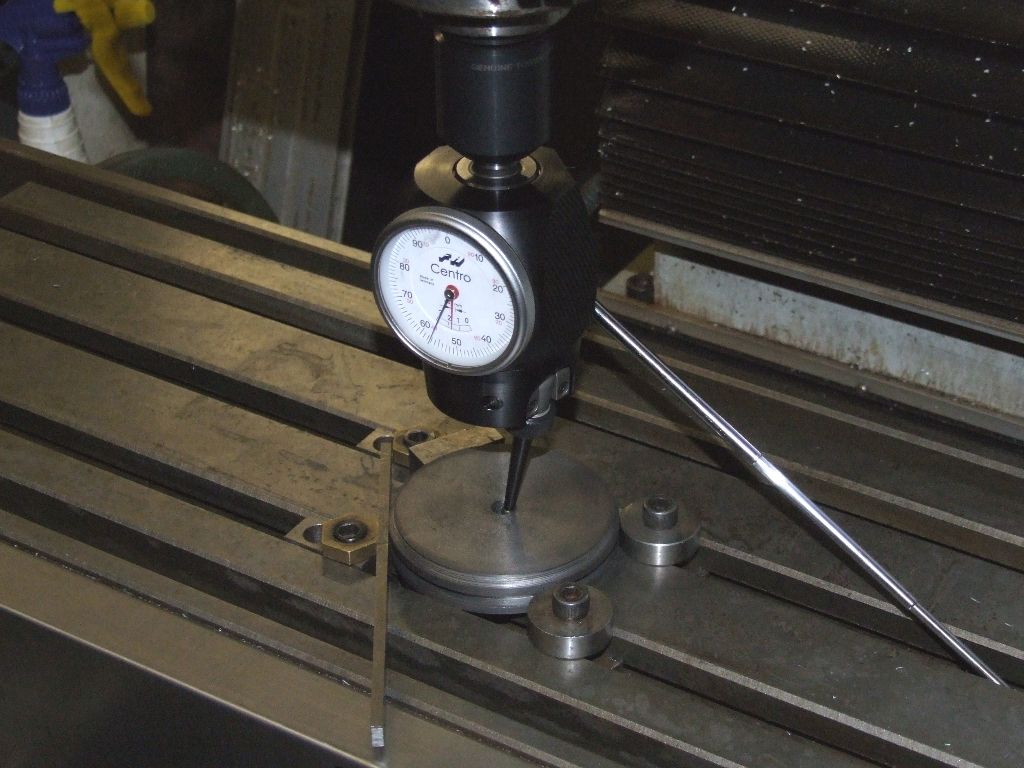Limp Probe
Limp Probe
- This topic has 29 replies, 14 voices, and was last updated 6 July 2021 at 09:27 by
martyn nutland.
- Please log in to reply to this topic. Registering is free and easy using the links on the menu at the top of this page.
Latest Replies
Viewing 25 topics - 1 through 25 (of 25 total)
-
- Topic
- Voices
- Last Post
Viewing 25 topics - 1 through 25 (of 25 total)
Latest Issue
Newsletter Sign-up
Latest Replies
- I’m Under Pressure
- Square end on round stock – Milling?
- File backup to external hard drive, incremental etc?
- Boiler Design – issue 4765
- Transwave converter – plugged in motor, tripped RCD
- Sat nag
- motor and switch wiring Myford ML7
- Taylor Hobson cutter grinder modificaton
- Easiest/cheapest source of R8 socket
- Twin Engineering’s heavy mill/drill quill removal



![20210704_101656[1].jpg 20210704_101656[1].jpg](/wp-content/uploads/sites/4/images/member_albums/44290/896116.jpg)
 and attached to the plunger in the main body of the instrument and clearly shown in your photo. The arm that holds the probes is attached to it by the set screw, also clearly visible in your picture. I can't get any tension at all on the arm, and thus the probe, so it just dangles vertically. Surely, and all the internet explanations confirm this, when centring over an internal bore, you need to set the probe over to slightly beyond the bore's diameter. Obviously it then needs to stay there, not flop limply back to vertical. Once it is set to just beyond the diameter you then gently insert the probe in the bore – the pre-load – and away to go.
and attached to the plunger in the main body of the instrument and clearly shown in your photo. The arm that holds the probes is attached to it by the set screw, also clearly visible in your picture. I can't get any tension at all on the arm, and thus the probe, so it just dangles vertically. Surely, and all the internet explanations confirm this, when centring over an internal bore, you need to set the probe over to slightly beyond the bore's diameter. Obviously it then needs to stay there, not flop limply back to vertical. Once it is set to just beyond the diameter you then gently insert the probe in the bore – the pre-load – and away to go.

